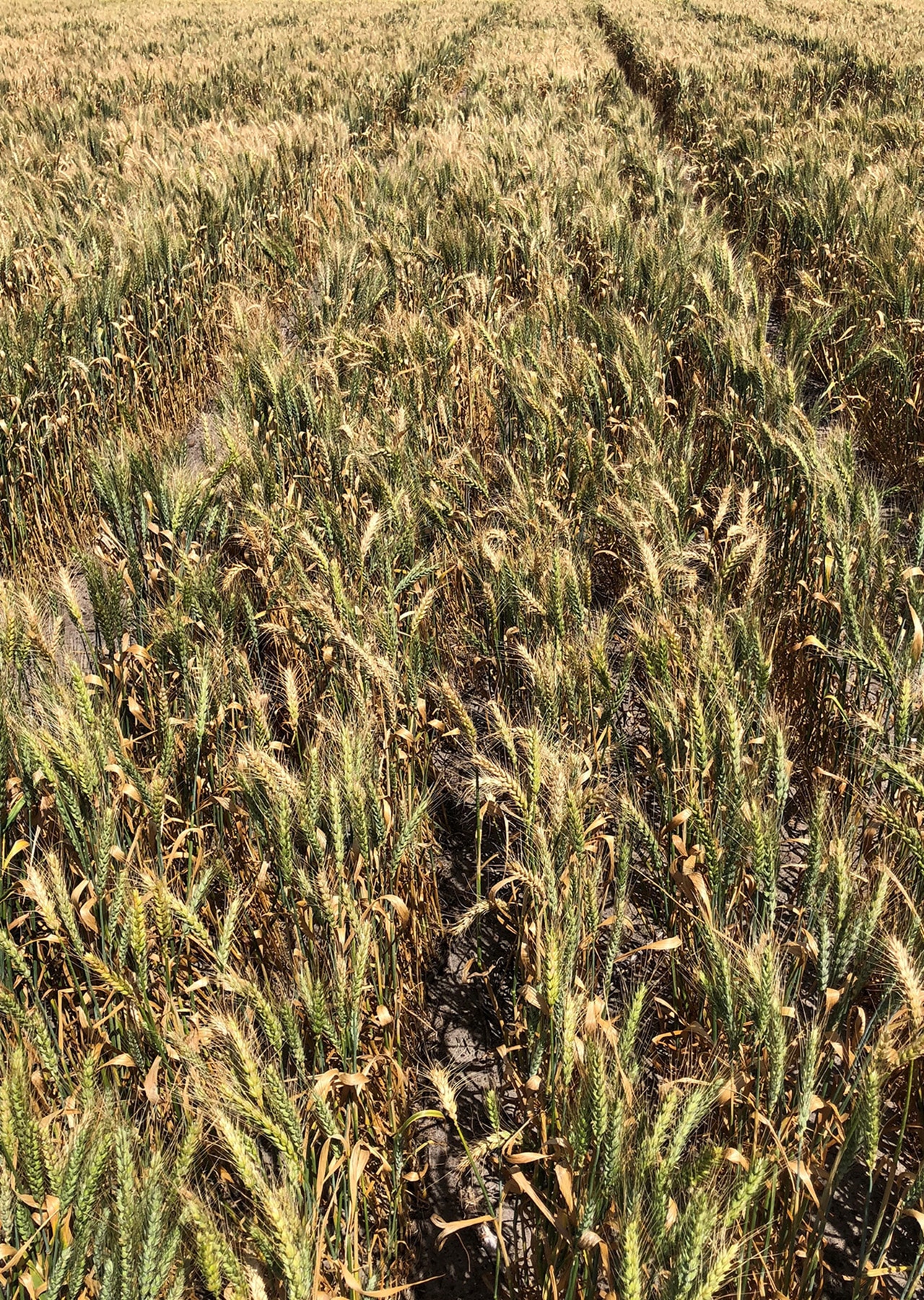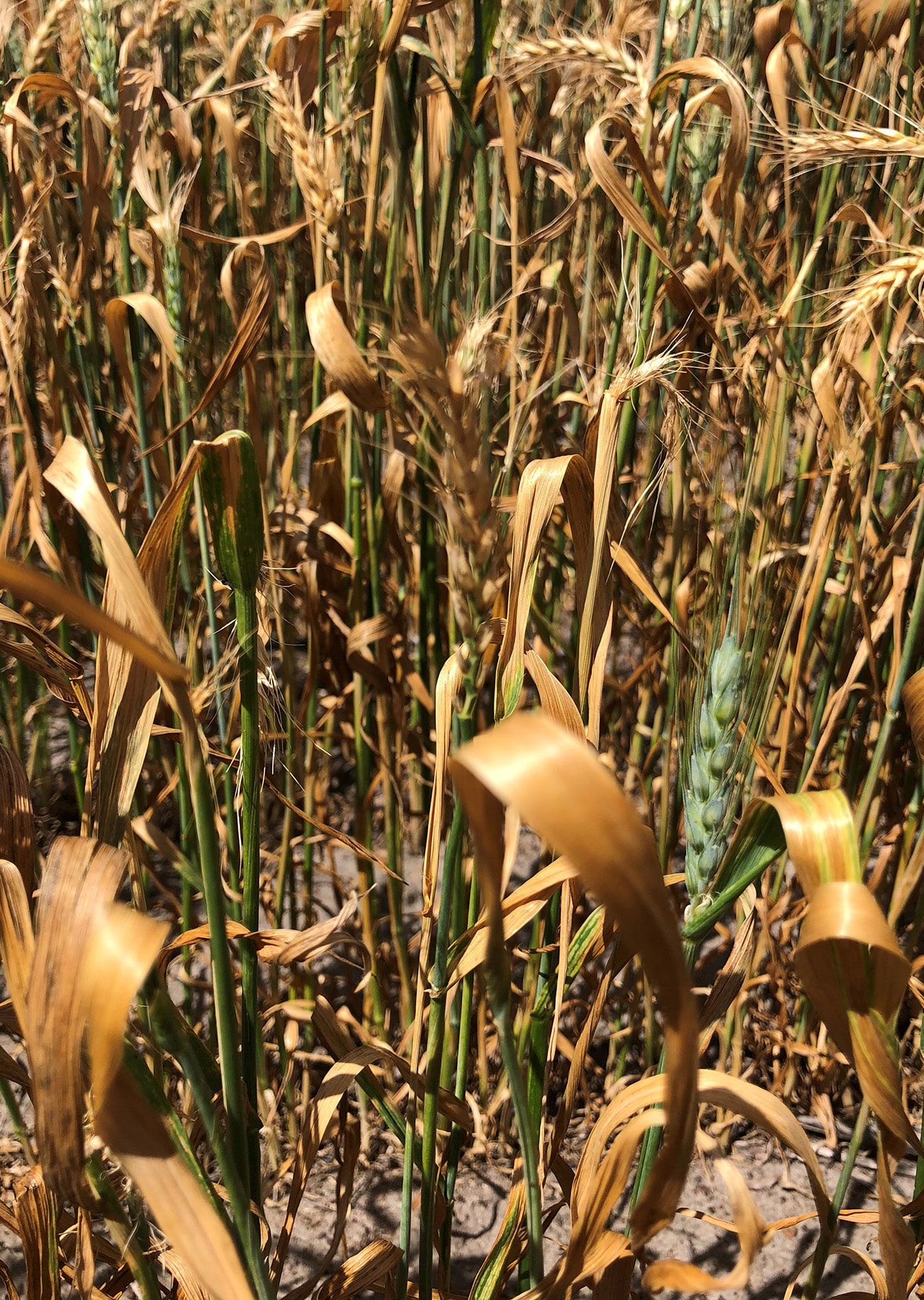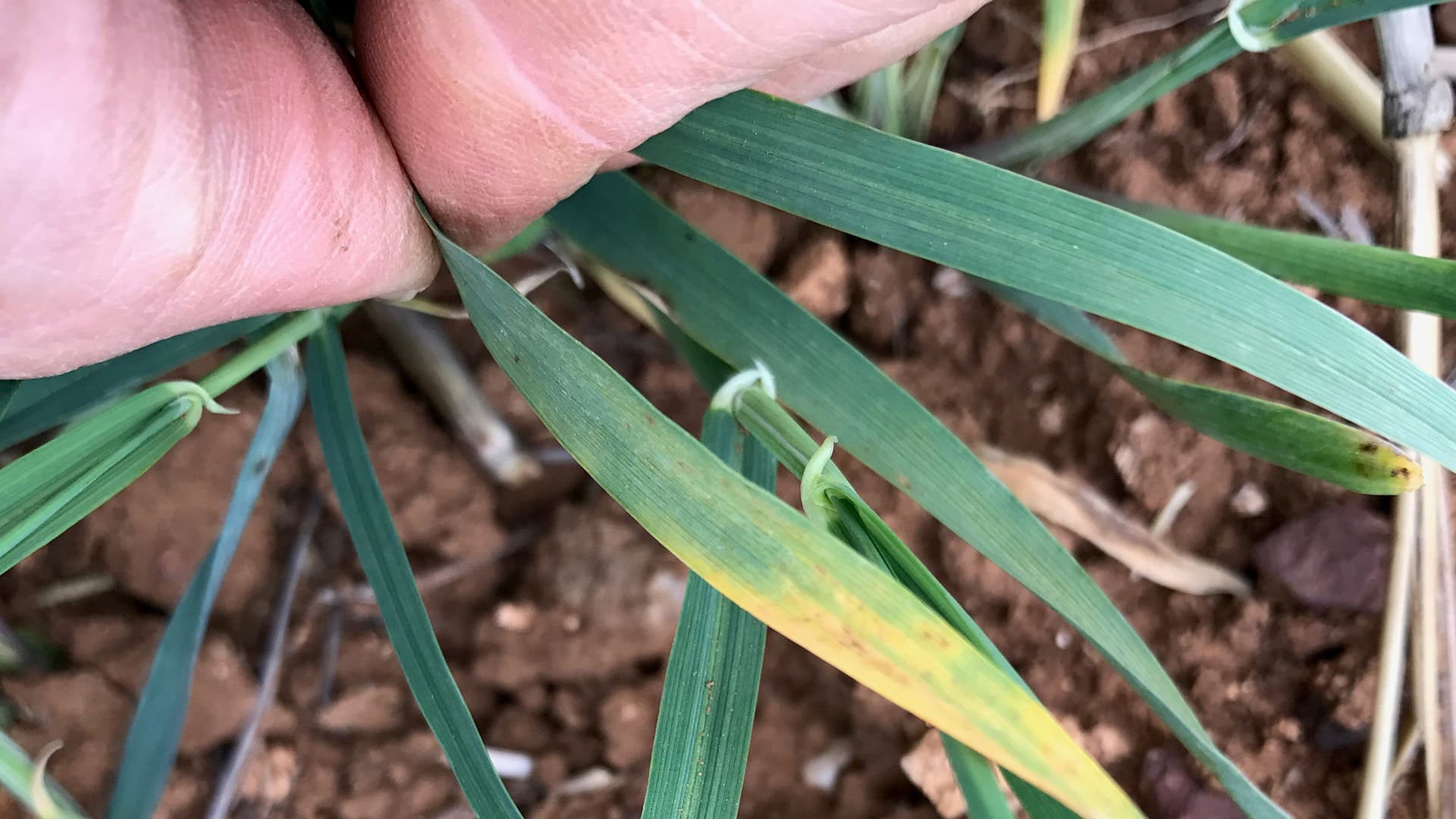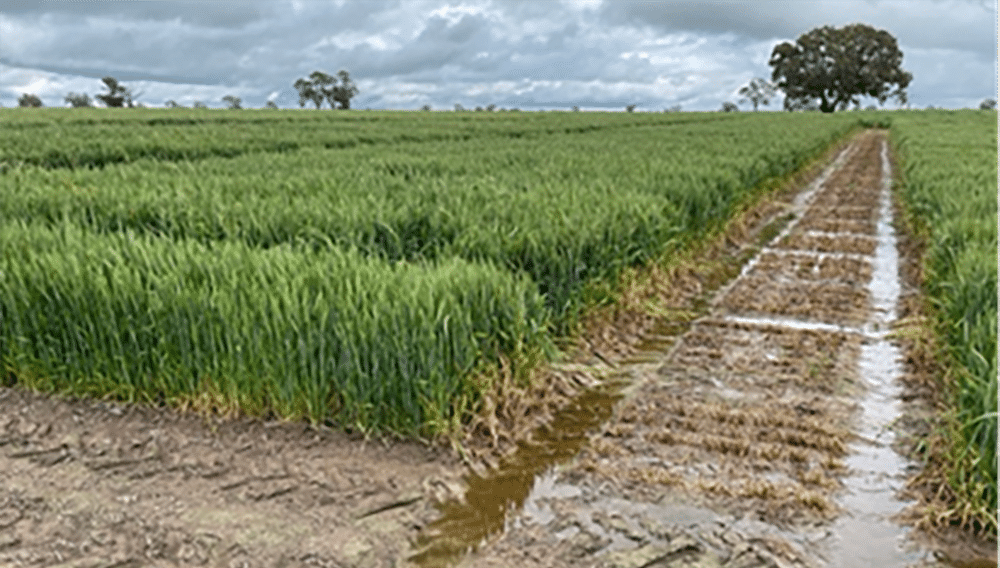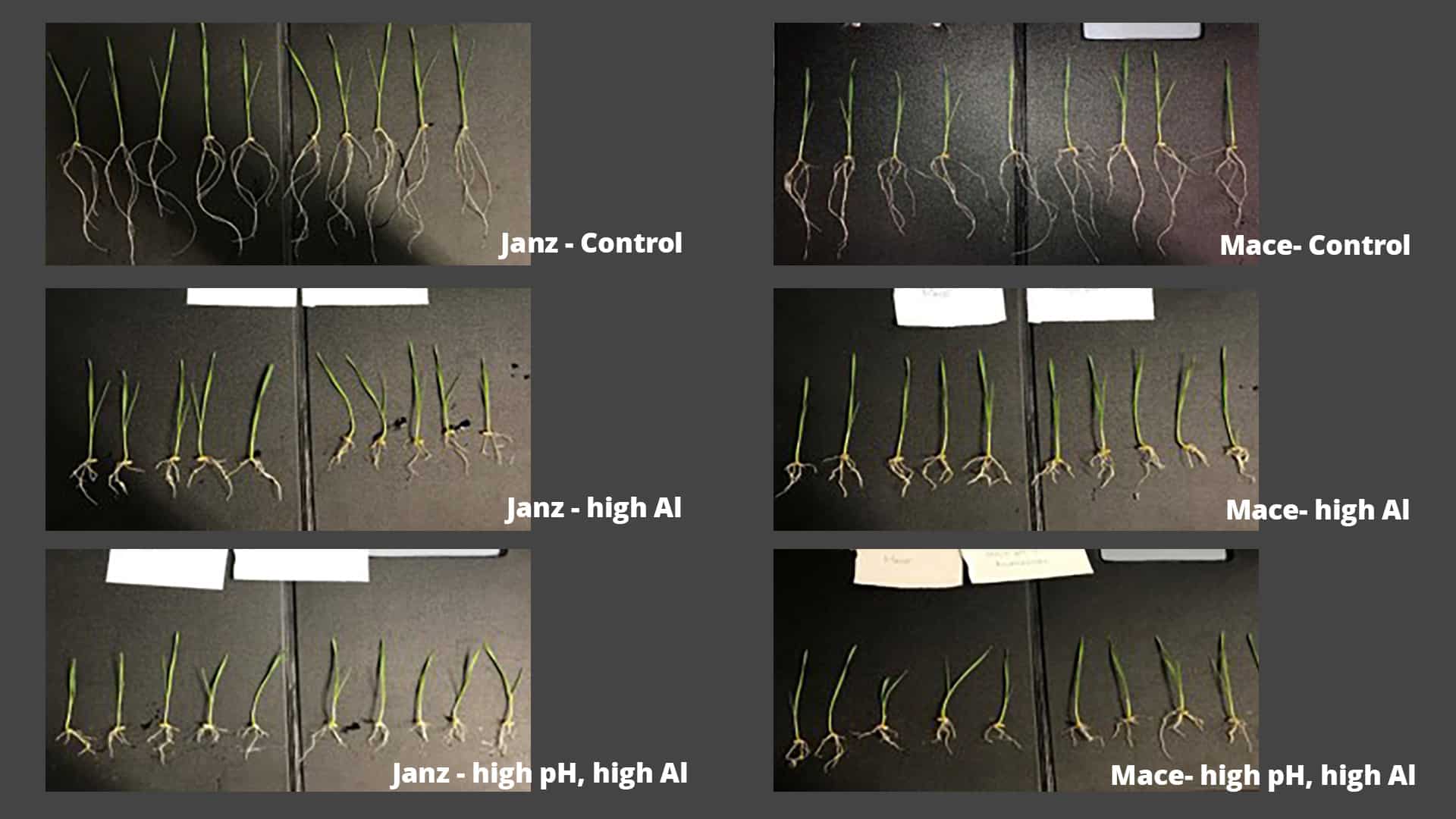START
FINISH
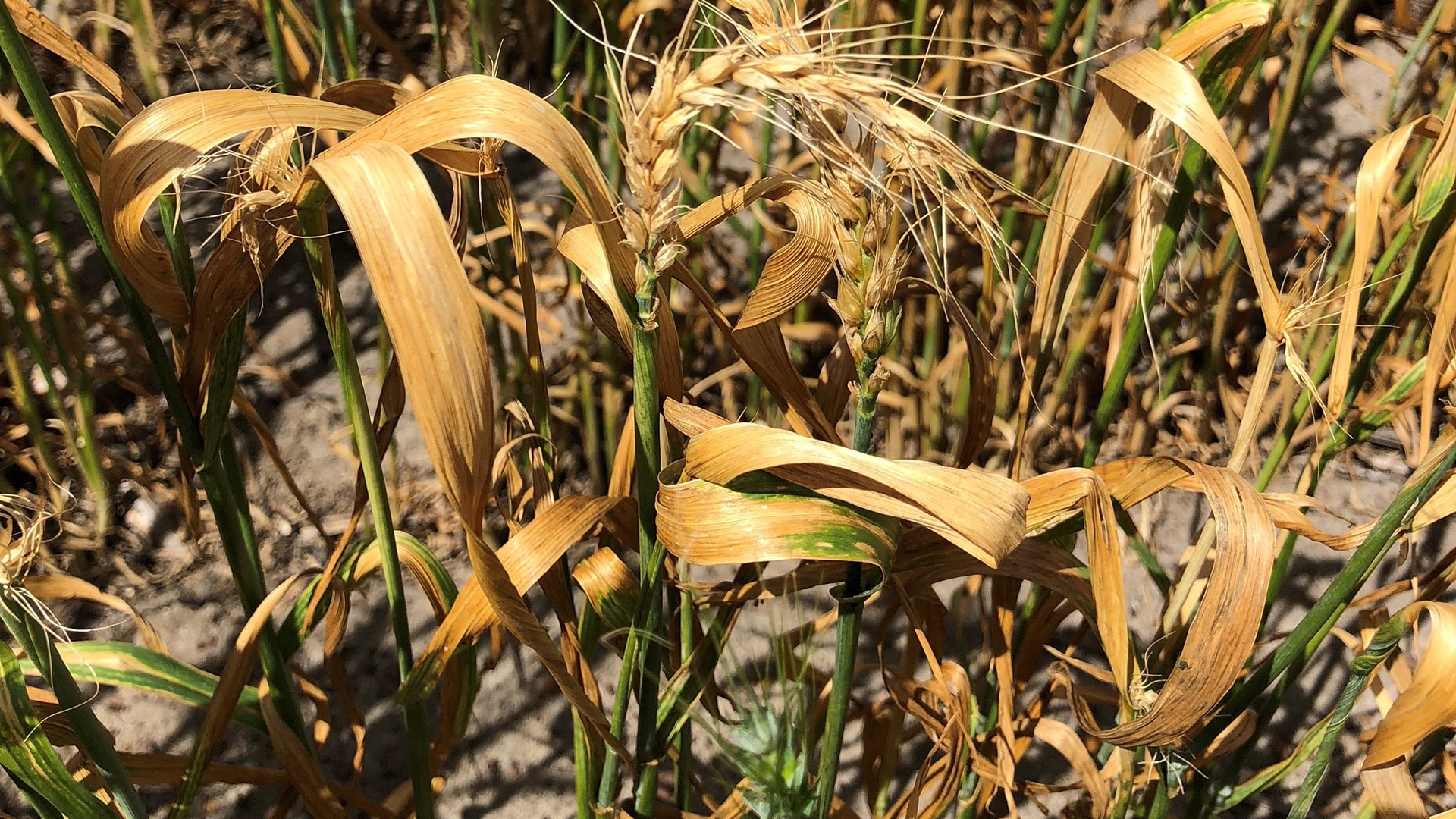
Summary
Copper deficiency can be a problem on lower Eyre Peninsula soils, and growers would benefit from locally developed treatment guidelines.
This project compared treatments, rates and application timings across six trials. Soil and plant tissue tests were used to measure copper levels and plots were grown to harvest to assess yield advantage.
Early foliar applications were found to be most effective, while in-furrow treatments had no yield benefit. Soil tests were found to be an unreliable indicator of copper levels in the crop.
Background
Copper deficiency can devastate wheat yields and is a significant concern for growers on the lower Eyre Peninsula. The problem is more common on sandy or gravel soils and recently limed paddocks.
Soil and tissue testing are both used to detect copper deficiency, and literature indicates soil values below 0.4mg/kg and plant tissue results below 1.3mg/kg are deficient.
Research Aims
The core objectives of the project were to:
- Compare the effectiveness of copper sulphate and copper chelate treatments applied in furrow or as a foliar spray at different growth stages.
- Establish independent best-practice management guidelines for copper applications on the lower Eyre Peninsula.
In The Field
Over three growing seasons, trials were established near Wanilla and Cockaleechie (2017), and Edillilie and Stokes (2018 and 2019), in locations with a history of copper deficiency-like symptoms.
Within each site, trials were conducted to evaluate copper sulphate and copper amino-acid chelate applied at up to three different rates and six different application times (seeding, Zadok Growth Stage 21 (GS21), GS31, GS41, GS49, and flowering).
In 2017, pre-sowing soil tests indicated copper levels of 1.21mg/kg at Wanilla and 0.76mg/kg at Cockaleechie. Tissue samples taken at GS41 revealed copper levels of 6.0 mg/kg at Wanilla and 3.1mg/kg at Cockaleechie. Only the treatment that received 2kg/ha of copper sulphate as in-furrow liquid at Wanilla showed any significant variation, at 7.4kg/mg.
Pre-seeding soil sampling for the 2018 trials established copper levels of 0.93mg/kg at Stokes and a relatively low 0.55mg/kg at Edillilie. Tissue samples collected from Stokes at flowering contained 1.55mg/kg copper from untreated plots and up to 2.59mg/kg from plots treated with copper sulphate at a high rate (300g/ha). The plant tissue collected from Edillilie contained 3.81mg/kg of copper from untreated plots and up to 8.7mg/kg where copper sulphate was applied at the high rate.
Pre-seeding soil testing at the same sites in 2019 revealed levels of 0.5mg/kg at Stokes and 0.72mg/kg at Edillilie. Tissue tests of samples collected at flowering from Stokes found copper levels ranging from 1.55mg/kg in the untreated control plots to a peak of 2.59mg/kg where a foliar copper sulphate treatment of 300g/ha was applied at GS31 timing. At Edillilie, tissue test results for samples collected at flowering ranged from 3.81mg/kg in untreated plots through to 8.72mg/kg for the GS31, 300g/ha foliar treatments.
Results
Overall, these trials found that chelate and sulphate treatments performed equally well. Generally, foliar treatments performed better than in-furrow liquid banding.
Only the 2018 Edillilie trial results revealed any significant yield variation between the control and copper treatments, and plants at this site showed very strong visual symptoms associated with copper deficiency around flowering time.
The site achieved an average yield of 2.82 tonnes per hectare and all treatments, except one with a low rate (1L/ha) of copper chelate applied in furrow, yielded significantly more than the untreated control. The in-furrow treatments all achieved a lower yield response than the foliar treatments and the timing of these treatments between mid-tiller and head emergence did not affect yield.
However, these earlier applications yielded as well, if not better, than applications at the traditional timing of head emergence.
Project Participants
AIR EP: George Pedler
SARDI: Andrew Ware, Blake Gontar, Jacob Giles, Ashley Flint, David Holmes
EPAG Research: Andrew Ware
Landowners: Shane Nelligan, Jim Holman, Jed Siegert, John and Stuart Richardson, Tim Roediger
The Problem
Copper deficiency can devastate wheat yields and is of particular concern on soils of the lower Eyre Peninsula.
The research
This project aimed to develop local best-practice guidelines for addressing copper deficiency, including treatment type, timing and rate.
More information
George Pedler, AIR EP
T: 0427 876 043
E: [email protected]
Value for Growers
This project developed useful insights for growers on the lower Eyre Peninsula.
It highlighted the faster response to foliar copper applications over in-furrow liquid banding, which can help growers plan their copper management. Liquid banding is better suited to a long-term strategy, with results likely over 3+ years of repeat applications.
The project also showed that while soil and plant tissue testing can be useful in detecting low levels of copper, they are not always definitive. Copper availability and response appear to rely on complex interactions between soil moisture, yield potential and other constraints.

